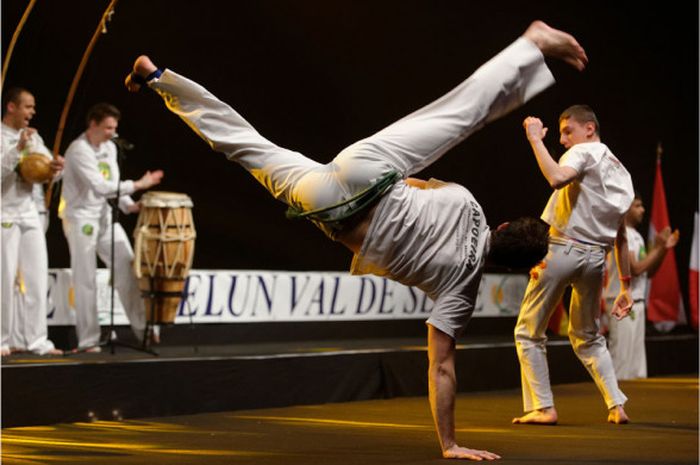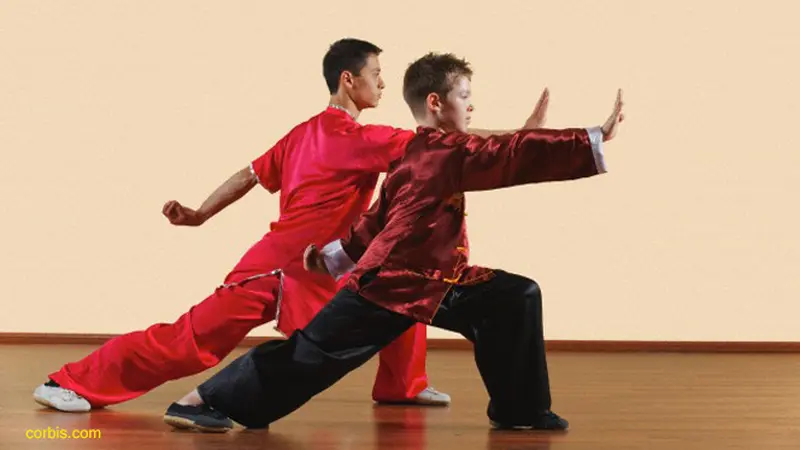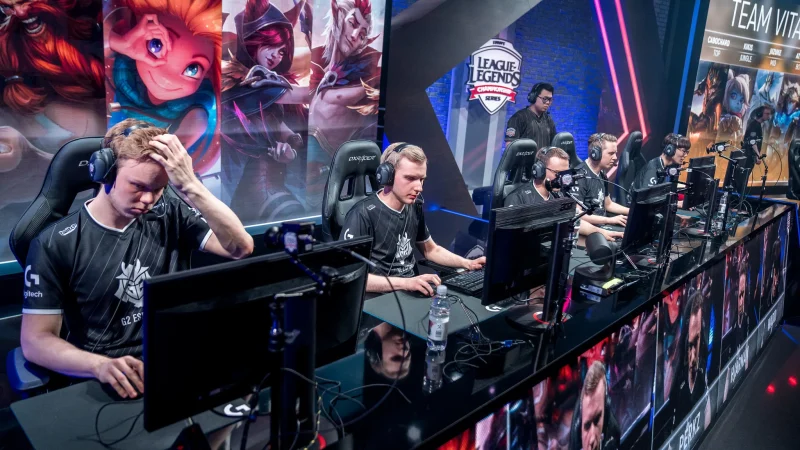Capoeira, a unique blend of martial arts, dance, music, and culture, traces its roots back to the Afro-Brazilian communities of the 16th century. This dynamic and expressive art form has evolved over centuries, embodying the resilience, creativity, and spirit of its practitioners. Let’s delve into the captivating world of Capoeir and explore its rich history, techniques, and cultural significance.

Capoeira: The Dance of Martial Arts
Contents
A Fusion of Tradition and Innovation:
Originating in the slave communities of Brazil, Capoeira was developed as a means of self-defense and cultural expression in the face of oppression. Combining elements of African martial arts, dance, and music, Capoeir provided a way for enslaved individuals to resist their oppressors while preserving their cultural identity. Over time, Capoeira evolved into a sophisticated art form that transcends boundaries of race, class, and nationality, embracing diversity and inclusivity.
Techniques and Movements:
Central to Capoeira is the ginga, a rhythmic swaying movement that forms the foundation of the art. Practitioners move in and out of the ginga, fluidly transitioning between attack and defense, evasion and counterattack. Capoeir encompasses a wide range of kicks, sweeps, flips, and acrobatic maneuvers, all executed with precision, agility, and grace. The game of Capoeira, known as the “roda,” takes place within a circle formed by musicians and spectators, where players engage in improvised movements and exchanges, blending physical prowess with musicality and improvisation.
Music and Instruments:
Music plays a central role in Capoeira, providing rhythm, energy, and atmosphere to the roda. The berimbau, a single-stringed musical bow, serves as the primary instrument, setting the tempo and mood of the game. Accompanied by drums, tambourines, and clapping, the berimbau creates a dynamic soundscape that guides the movements of the players and inspires creativity and spontaneity. Capoeir songs, sung in Portuguese and rich in symbolism and tradition, add depth and meaning to the art form, conveying stories of struggle, resilience, and triumph.
Cultural Heritage and Identity:
Capoeira is more than just a martial art; it is a living expression of Brazilian culture and heritage. Rooted in the traditions of Afro-Brazilian communities, Capoeira reflects the resilience, creativity, and spirit of its practitioners, embodying values of community, solidarity, and freedom. Through Capoeir, individuals connect with their cultural roots, forge bonds of friendship and camaraderie, and celebrate the diversity and richness of Brazilian identity.
Health and Well-being:
Beyond its cultural and artistic significance, Capoeir offers numerous health benefits for practitioners of all ages and fitness levels. It improves cardiovascular fitness, strength, flexibility, and coordination, while also promoting mental focus, discipline, and emotional well-being. Capoeira encourages self-expression, creativity, and self-confidence, empowering individuals to overcome challenges, set goals, and achieve personal growth and development.
Global Impact and Legacy:
Today, Capoeira has spread far beyond its origins in Brazil, captivating audiences and practitioners around the world. From the streets of Rio de Janeiro to the stages of international theaters and festivals, Capoeir continues to inspire and enthrall with its dynamic performances and cultural richness. As a UNESCO Intangible Cultural Heritage of Humanity, Capoeira serves as a symbol of unity, diversity, and resilience, transcending borders and bringing people together through the power of movement, music, and community.
In conclusion, Capoeira embodies the spirit of creativity, resilience, and cultural identity, enriching the lives of practitioners and audiences alike with its dynamic blend of martial arts, dance, music, and culture. From its origins in Afro-Brazilian communities to its global impact and legacy, Capoeir continues to thrive as a vibrant expression of Brazilian heritage and human creativity.
Advantages and Disadvantages of Capoeira

Advantages:
- Total Body Workout: Capoeira offers a comprehensive physical workout that engages multiple muscle groups, promoting strength, flexibility, agility, and cardiovascular health. Practitioners develop core stability, muscular endurance, and coordination through a combination of kicks, sweeps, acrobatics, and rhythmic movements indratogel.
- Cultural Enrichment: Capoeir provides an immersive cultural experience, allowing practitioners to connect with Brazilian history, music, language, and traditions. Through Capoeira songs, instruments, and rituals, participants gain a deeper understanding of Afro-Brazilian culture and heritage, fostering appreciation and respect for diverse cultural expressions.
- Self-Defense Skills: As a martial art, Capoeir equips practitioners with practical self-defense techniques and strategies for real-life situations. The dynamic and unpredictable nature of Capoeir’s movements teaches adaptability, spatial awareness, and timing, empowering individuals to defend themselves effectively against potential threats.
- Community and Camaraderie: Capoeira fosters a sense of belonging and community among practitioners, creating opportunities for social interaction, friendship, and mutual support. The roda, or Capoeir circle, serves as a space for camaraderie, collaboration, and cultural exchange, where individuals from diverse backgrounds come together to celebrate their shared passion for the art.
- Artistic Expression: Capoeira is not just a martial art; it is also a form of artistic expression, blending elements of dance, music, and improvisation. Practitioners develop creativity, musicality, and self-expression through Capoeirs rhythmic movements, acrobatics, and interactions within the roda, fostering a sense of freedom and individuality in their practice.
Disadvantages:
- Risk of Injury: Capoeira involves high-intensity movements, acrobatics, and physical contact, which can increase the risk of injury, especially for beginners or individuals with pre-existing health conditions. Improper technique, overexertion, or collisions with other practitioners during training or performances can result in sprains, strains, or more serious injuries.
- Learning Curve: Capoeira has a steep learning curve, requiring dedication, patience, and perseverance to master its complex techniques and movements. Beginners may struggle to grasp the fundamentals of Capoeir’s footwork, kicks, and acrobatics, leading to frustration or discouragement in the early stages of training.
- Cultural Appropriation: As a cultural practice with roots in Afro-Brazilian communities, Capoeira is susceptible to cultural appropriation and misrepresentation, particularly when practiced by individuals outside of its cultural context. It is essential for practitioners to approach Capoeira with respect, humility, and awareness of its cultural heritage, avoiding stereotypes or cultural appropriation in their practice.
- Limited Accessibility: Access to Capoeira training may be limited in certain regions or communities, particularly outside of major cities or urban centers. Lack of qualified instructors, training facilities, or financial resources may present barriers to participation for individuals interested in learning Capoeir, limiting its accessibility and inclusivity.
- Competitive Pressures: While Capoeira is traditionally practiced as a non-competitive art form, some modern iterations of Capoeira include competitive elements such as tournaments or ranking systems. Competitive pressures may detract from Capoeir’s emphasis on cultural exchange, collaboration, and creativity, potentially fostering a more competitive and less inclusive environment among practitioners.
Distinguishing Capoeira from Other Martial Arts
Capoeira stands out among martial arts for its unique blend of dance, music, acrobatics, and cultural heritage. Originating in Brazil, Capoeira has its roots in African traditions and has evolved into a dynamic and expressive art form that sets it apart from other martial arts. Let’s explore what distinguishes Capoeira from other forms of self-defense and combat disciplines.

1. Fusion of Martial Arts and Dance:
Capoeira is characterized by its fluid and rhythmic movements, which seamlessly blend elements of martial arts with dance. Unlike traditional martial arts, which often emphasize linear movements and structured techniques, Capoeir encourages improvisation, creativity, and expression through its dynamic and acrobatic movements.
2. Musical Accompaniment:
Music plays a central role in Capoeir, setting the rhythm, tempo, and mood of the game. Accompanied by traditional instruments such as the berimbau, drums, and tambourines, Capoeira practitioners engage in a dialogue of movement and music within the roda, or Capoeira circle. The musical component adds depth, energy, and cultural richness to the practice of Capoeir, distinguishing it from other martial arts disciplines.
3. Non-Contact Sparring:
Unlike many traditional martial arts, Capoeir emphasizes non-contact sparring, where practitioners engage in simulated combat without physical contact. Instead of direct strikes or grappling techniques, Capoeira players use evasive movements, feints, and acrobatics to outmaneuver their opponents and score points through agility and creativity.
4. Ginga:
The ginga, or rocking step, is a fundamental movement in Capoeira that sets it apart from other martial arts. The ginga is a continuous swaying motion that serves as the foundation of Capoeir’s footwork, allowing practitioners to move fluidly in and out of attacks and defenses while maintaining a constant state of readiness and balance.
5. Cultural Heritage:
Capoeira is deeply rooted in the cultural heritage and history of Brazil, particularly within Afro-Brazilian communities. It emerged as a form of resistance and self-expression among enslaved Africans in Brazil, blending elements of African martial arts, dance, and music with indigenous and European influences. Capoeira’s cultural significance and symbolism distinguish it as more than just a martial art; it is a living expression of Brazilian identity, resilience, and creativity.
6. Roda:
The roda, or Capoeira circle, is a unique feature of Capoeir where practitioners come together to engage in the game of Capoeir. The roda serves as a space for cultural exchange, camaraderie, and artistic expression, where players interact with each other and the music in a dynamic and improvisational manner. The inclusivity and collaborative spirit of the roda distinguish Capoeir as a communal practice that fosters connection and solidarity among its participants.
In conclusion, Capoeira’s fusion of martial arts, dance, music, and cultural heritage sets it apart as a unique and dynamic art form. From its rhythmic movements and musical accompaniment to its emphasis on creativity and cultural exchange, Capoeir offers a distinct and enriching experience that distinguishes it from other forms of self-defense and combat disciplines.
Read More Article About “ITALIAN PIZZA: EXPLORING THE AUTHENTIC FLAVORS OF ITALY’S ICONIC DISH“





